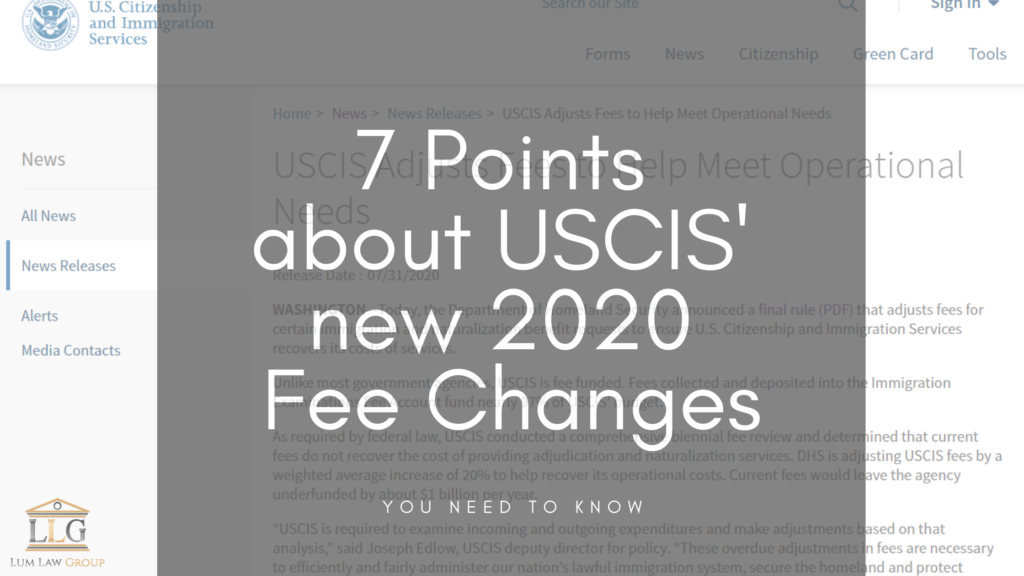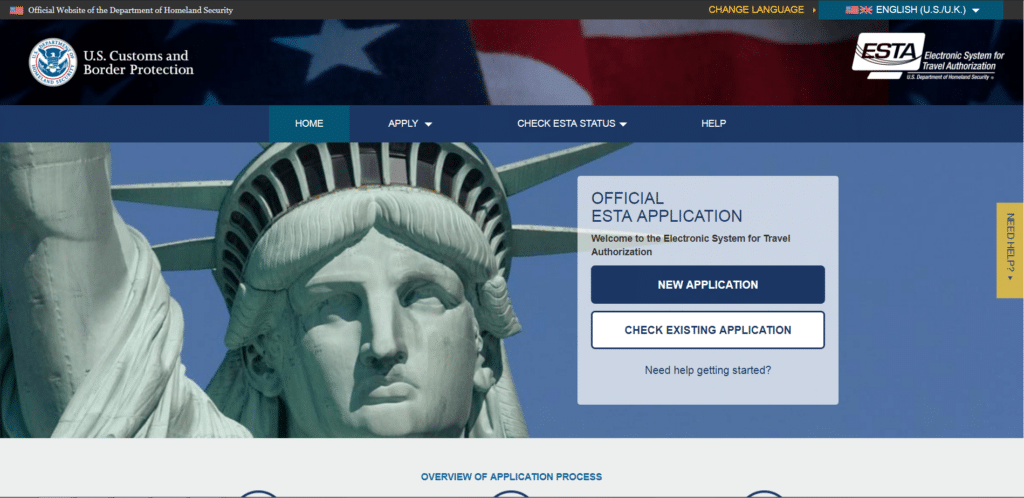7 Points to Know about USCIS’ New 2020 Fee Requirements

On July 31, 2020, the United States Citizenship & Immigration Services (USCIS) released the final rule regarding their proposed changes to immigration benefits and their associated fees. While many news agencies have highlighted the increased costs in fees, and many non-profits have highlighted how asylum applicants would have to pay a fee, the actual rule […]
Telling your story in your immigration application or petition

Storytelling might not be the first thing that comes to mind when planning your immigrant or non immigrant benefit application or petition, but it is worth considering. The United States Citizenship & Immigration Services (USCIS) forms request a great number of facts while leaving little room for explanation. As such, many self-applicants may believe they […]
4 Common Mistakes On Immigration Applications and Petitions

Immigration clients often come to us with botched cases. Either they tried to do it themselves and failed, or they hired a less-than-reliable paralegal office that mishandled their case. Some mistakes are made even in our care. Here are the four most common immigration application/petition mistakes we hope you’ll avoid. Submitting an incomplete or erroneous […]
How to Prove Extreme and Unusual Hardship

Many of our clients are aware that they need, or will need, a I-601 or I-601A waiver in order to re-enter or apply for a green card in the U.S. Most hardship waivers and relief require proof of “extreme and unusual hardship” to qualify. Many of our clients feel that they meet the requirements. So […]
If you’re paying more than 15 euros for an ESTA, you’re being scammed

The Electronic System for Travel Authorization (ESTA) is for visitors (aka tourists) from qualifying countries under the Visa Waiver Program (VWP) who want to visit enter the US for up to three months. Where before, such visitors could visit without any prior authorization, now they are required to register to ensure that they “pass” the […]

